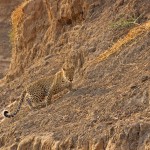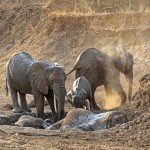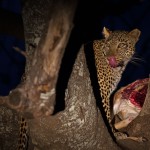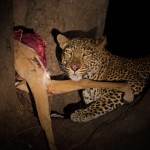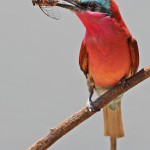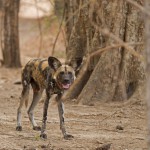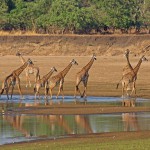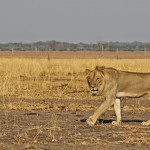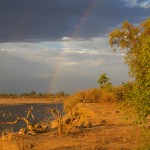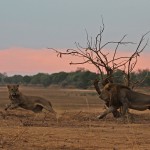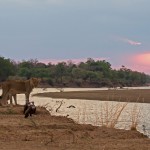A Week in South Luangwa National Park
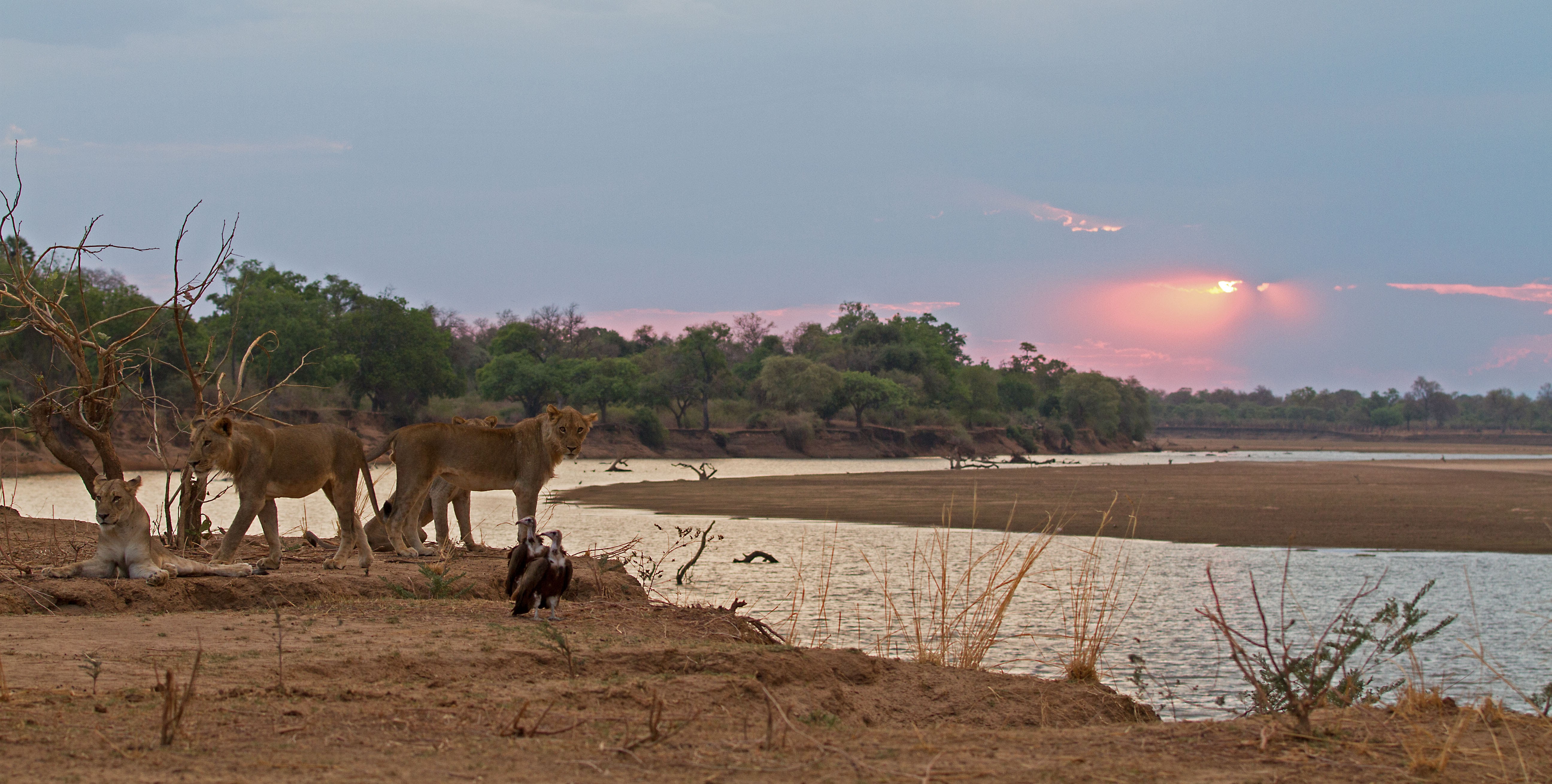
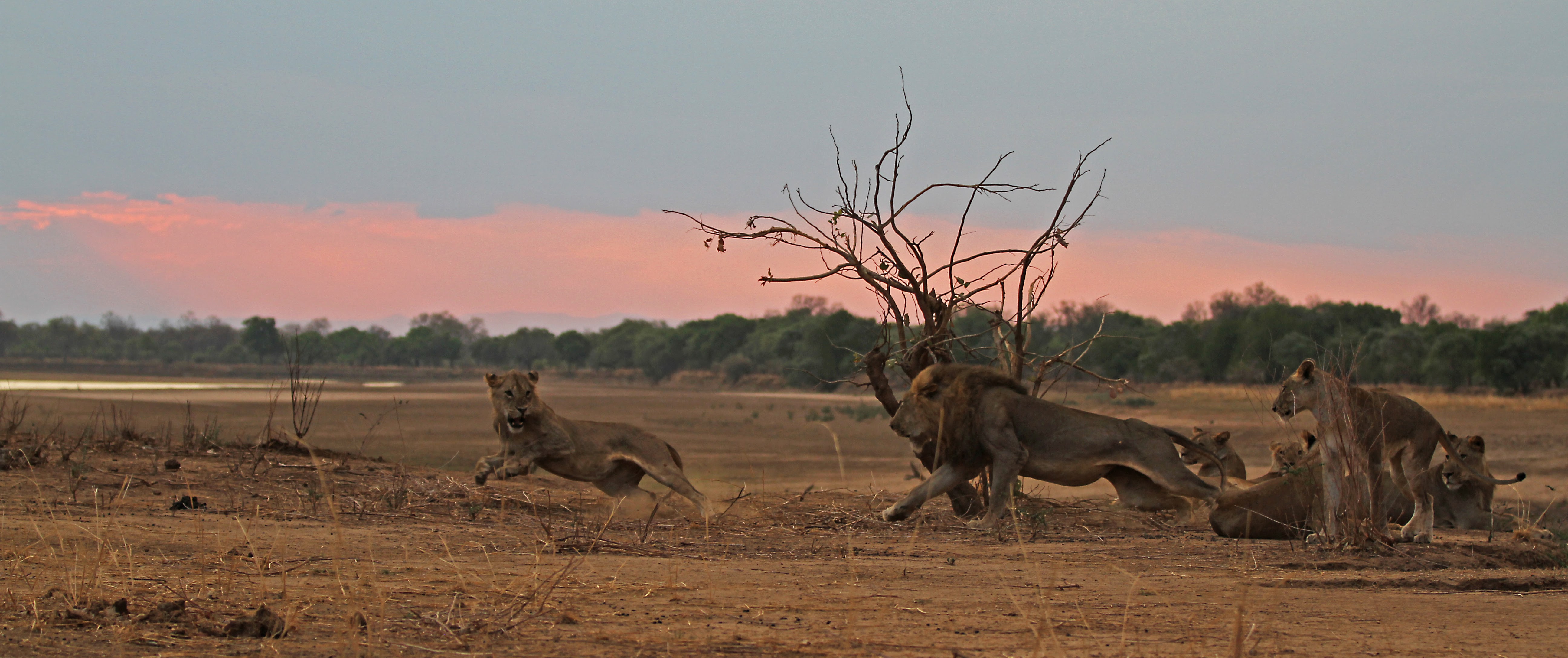
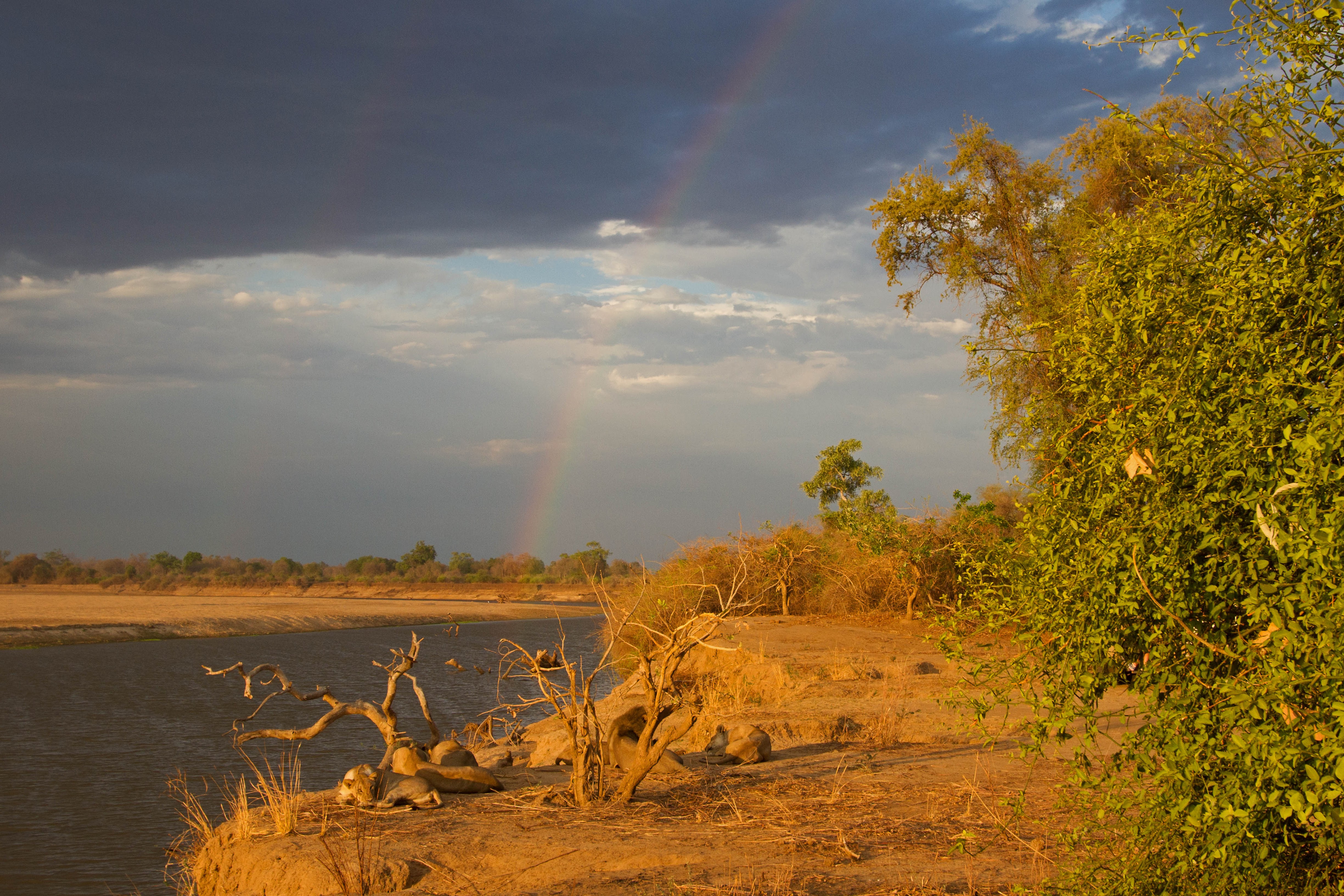
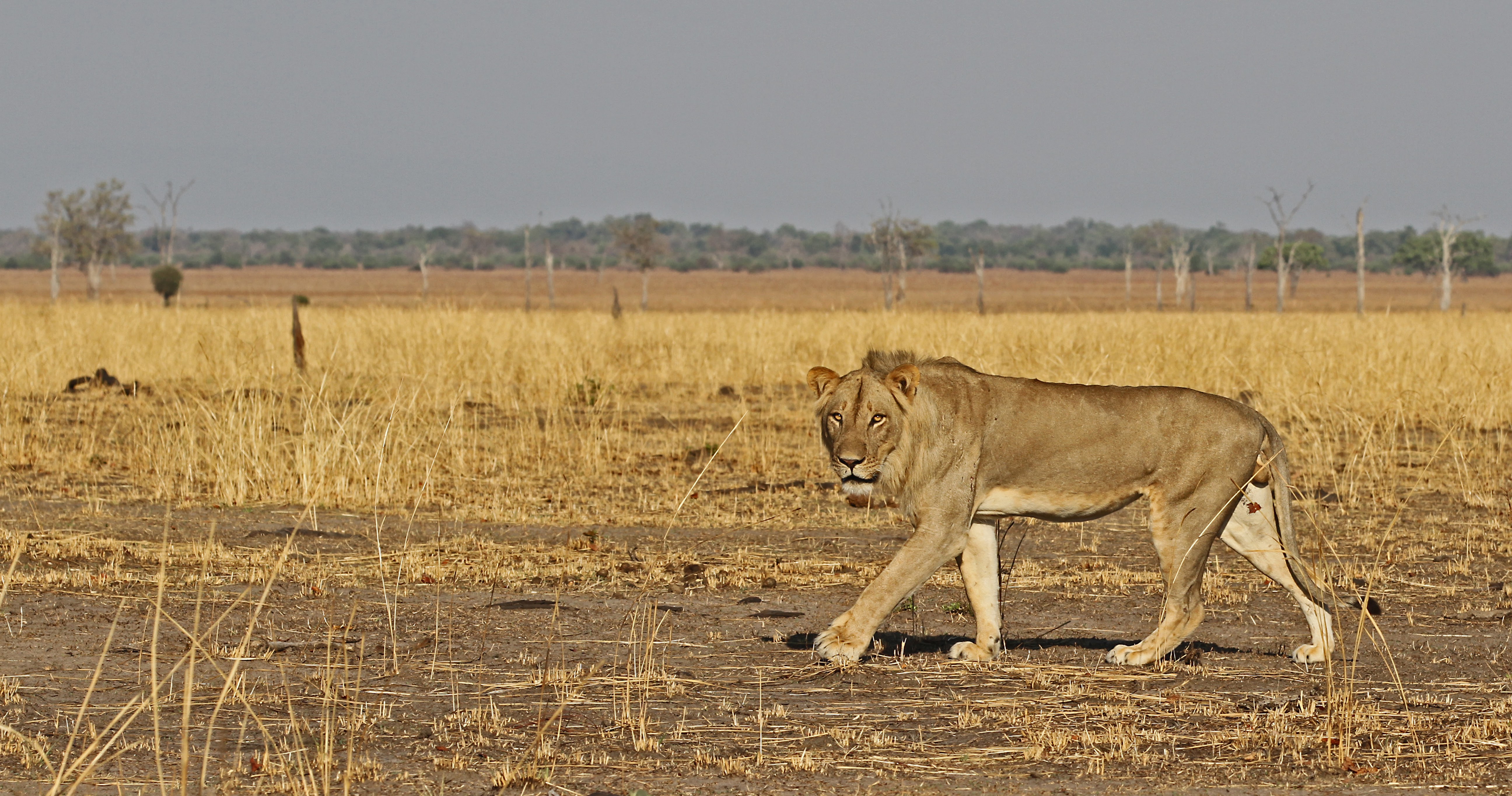
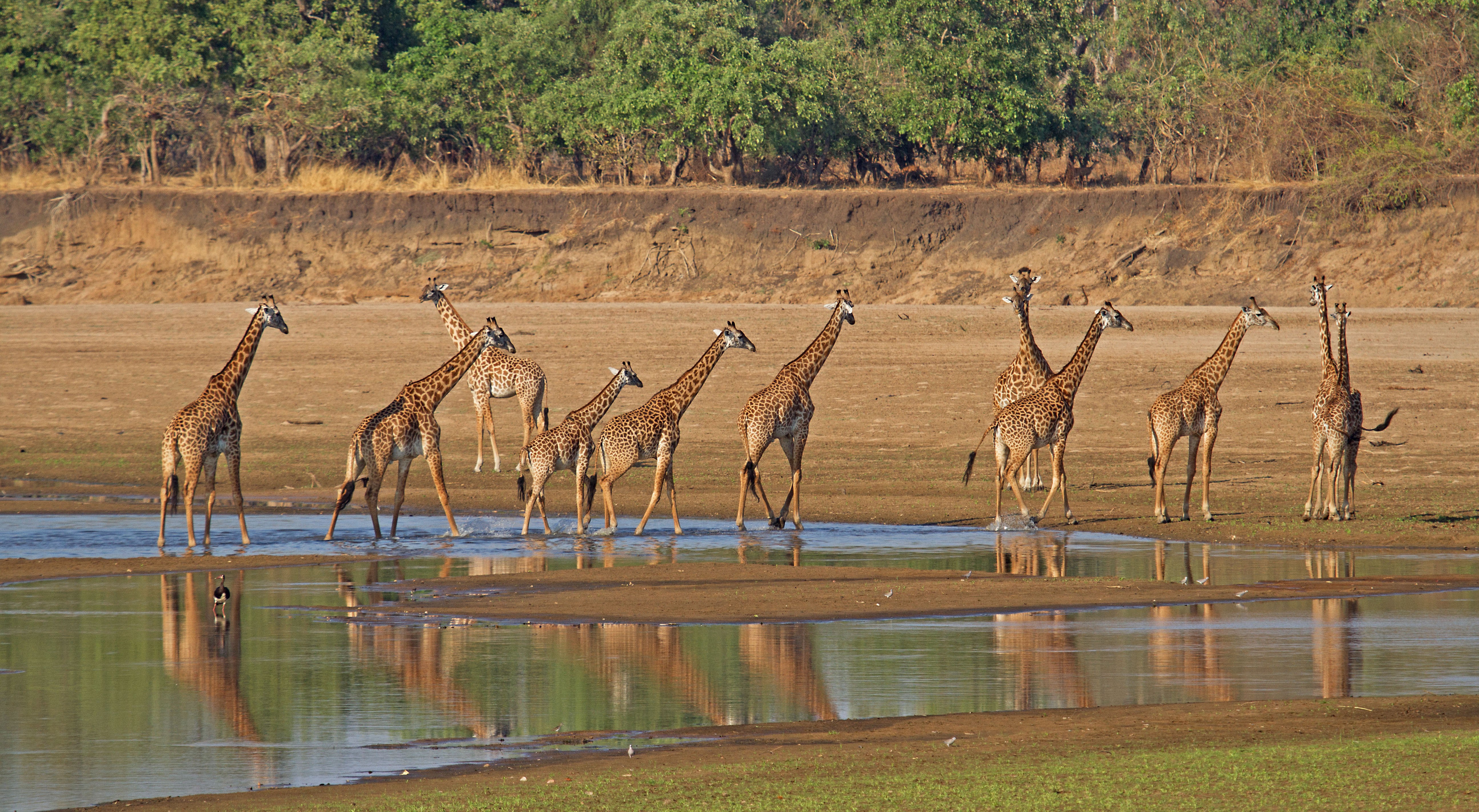
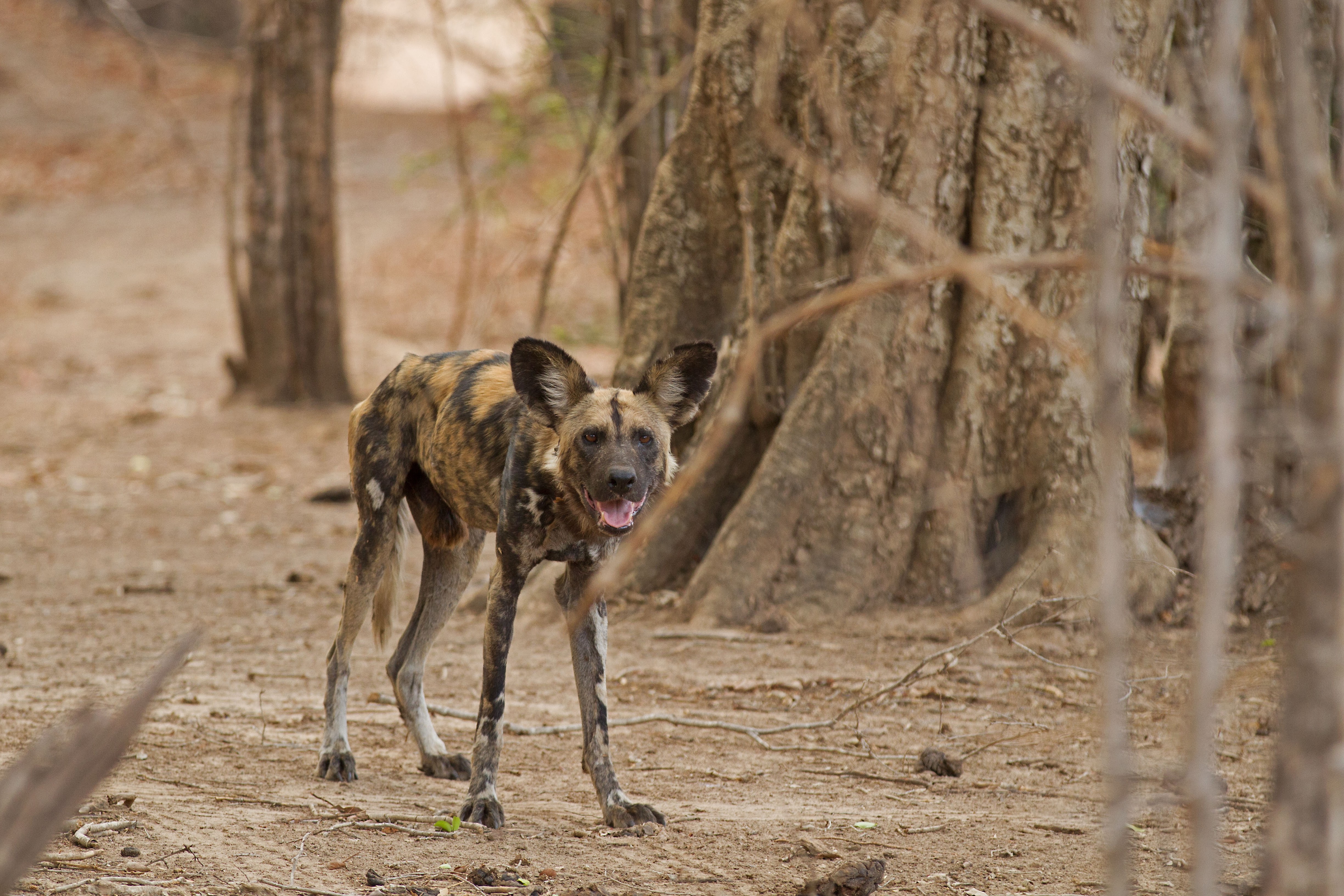
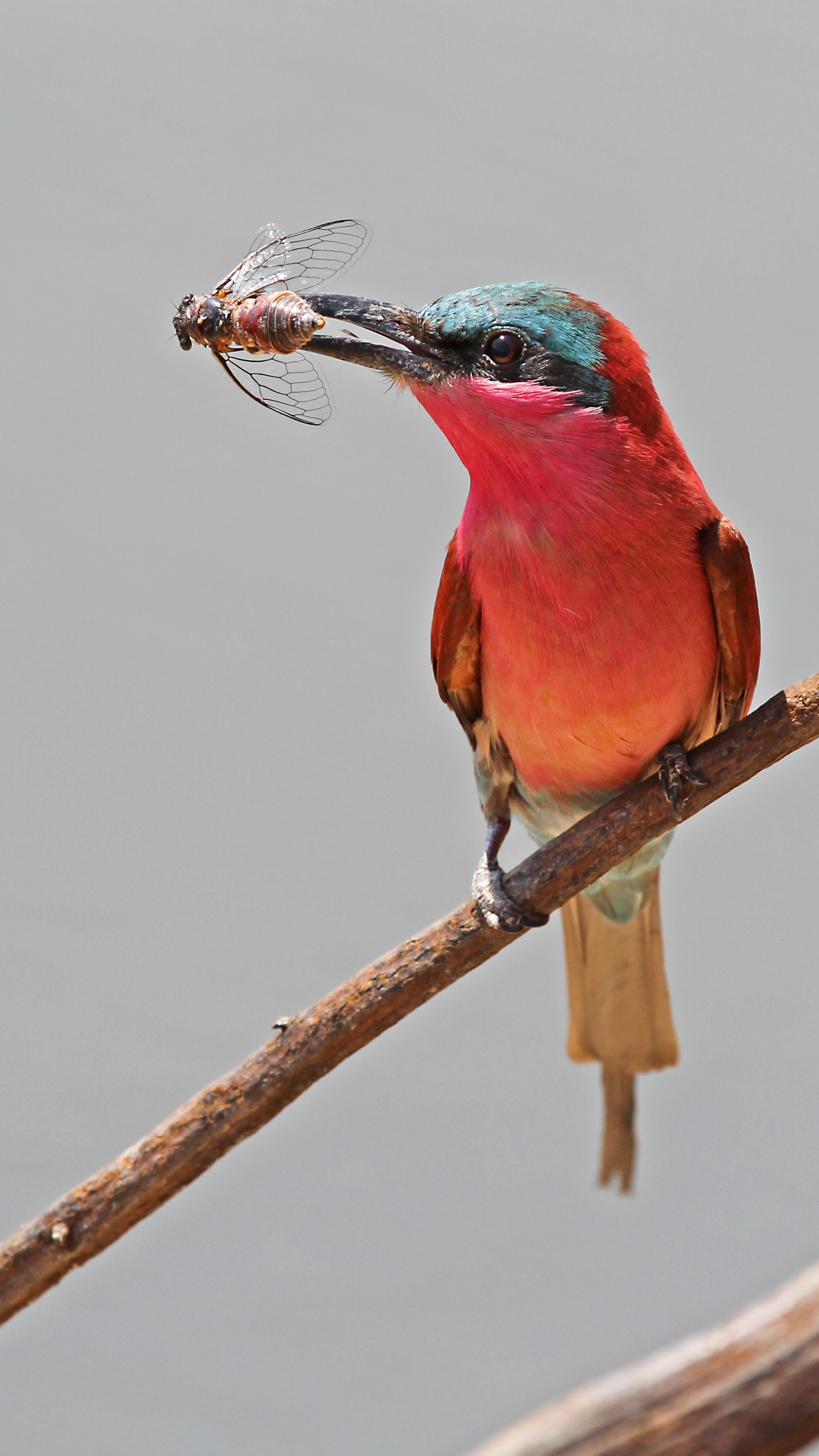
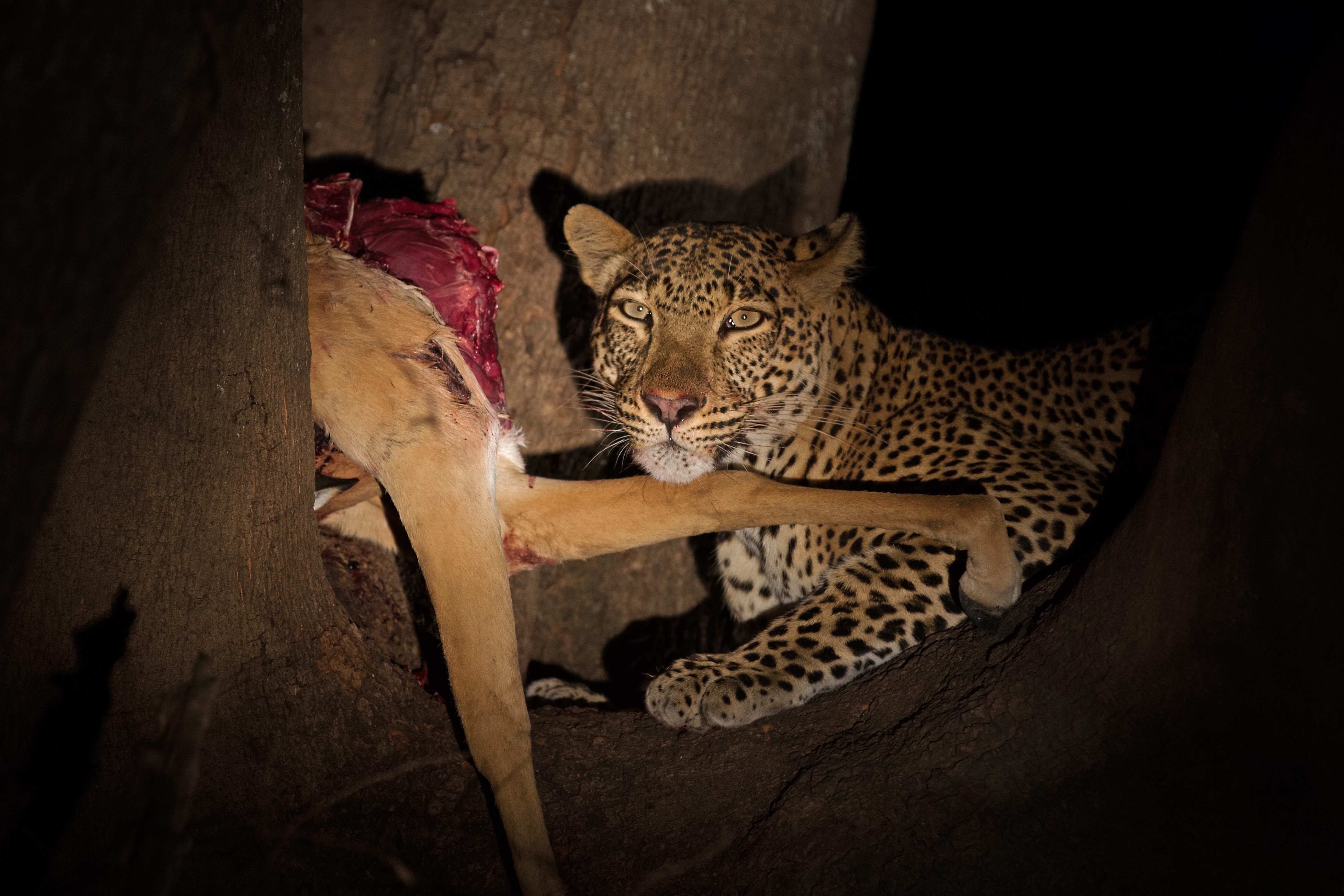
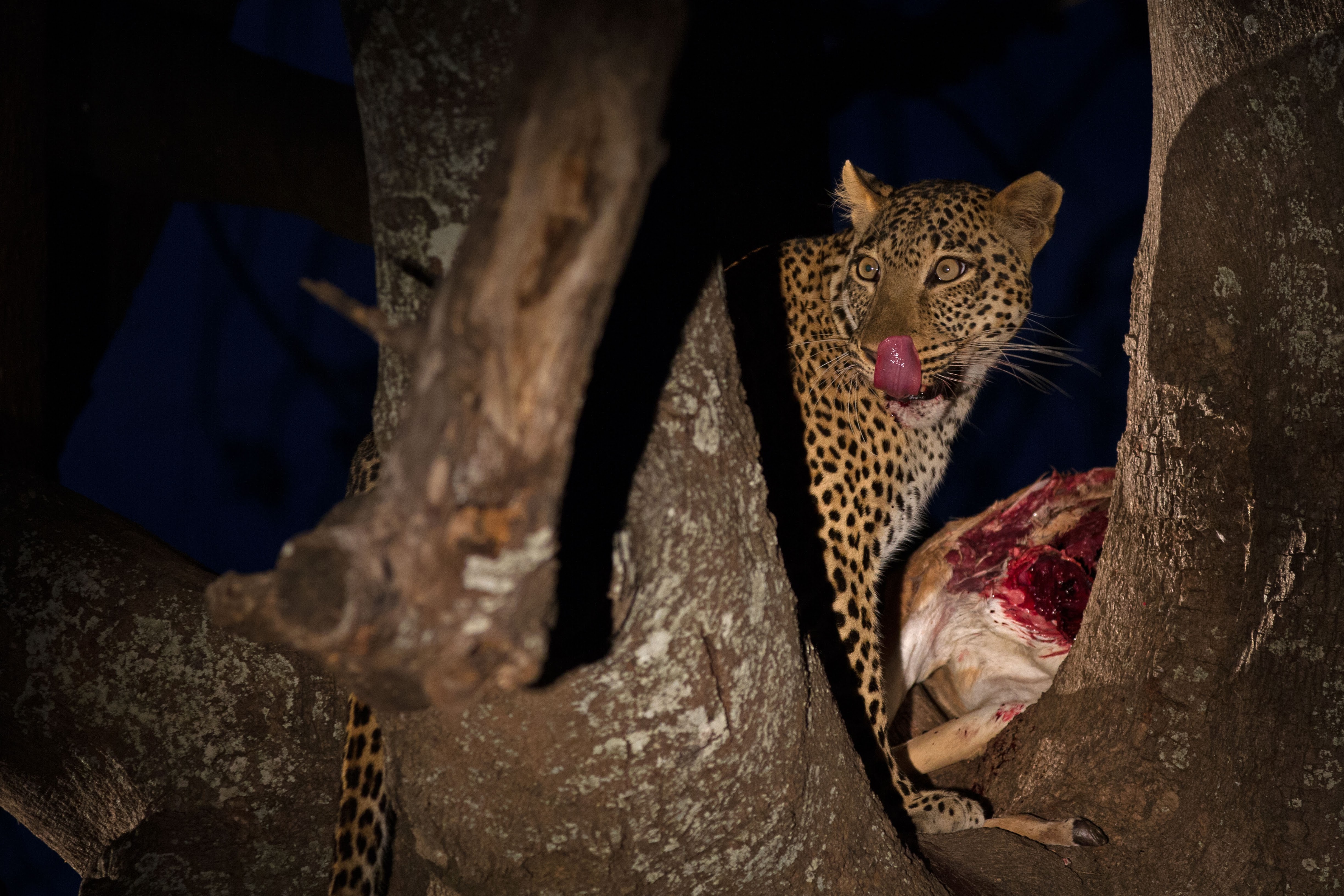
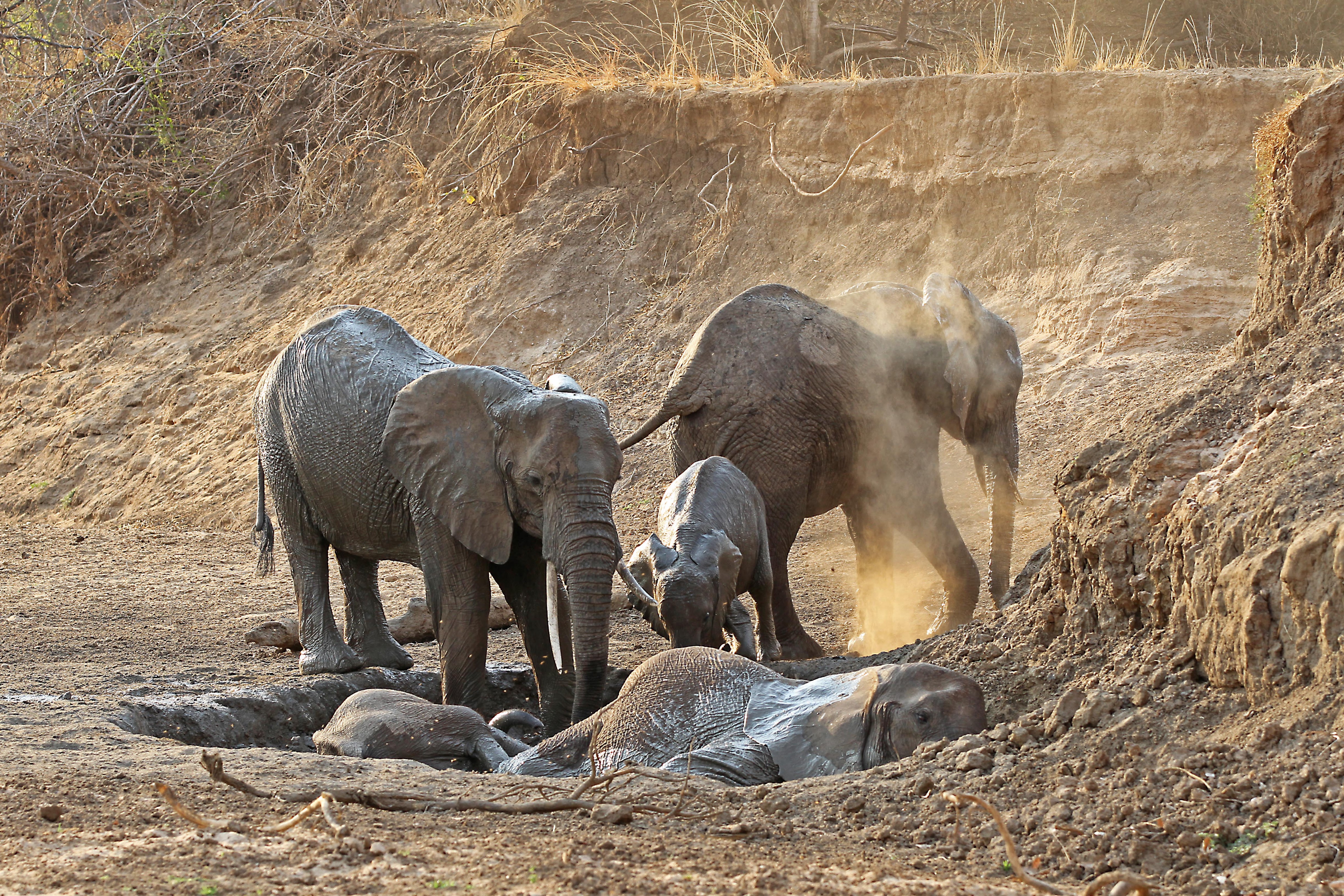
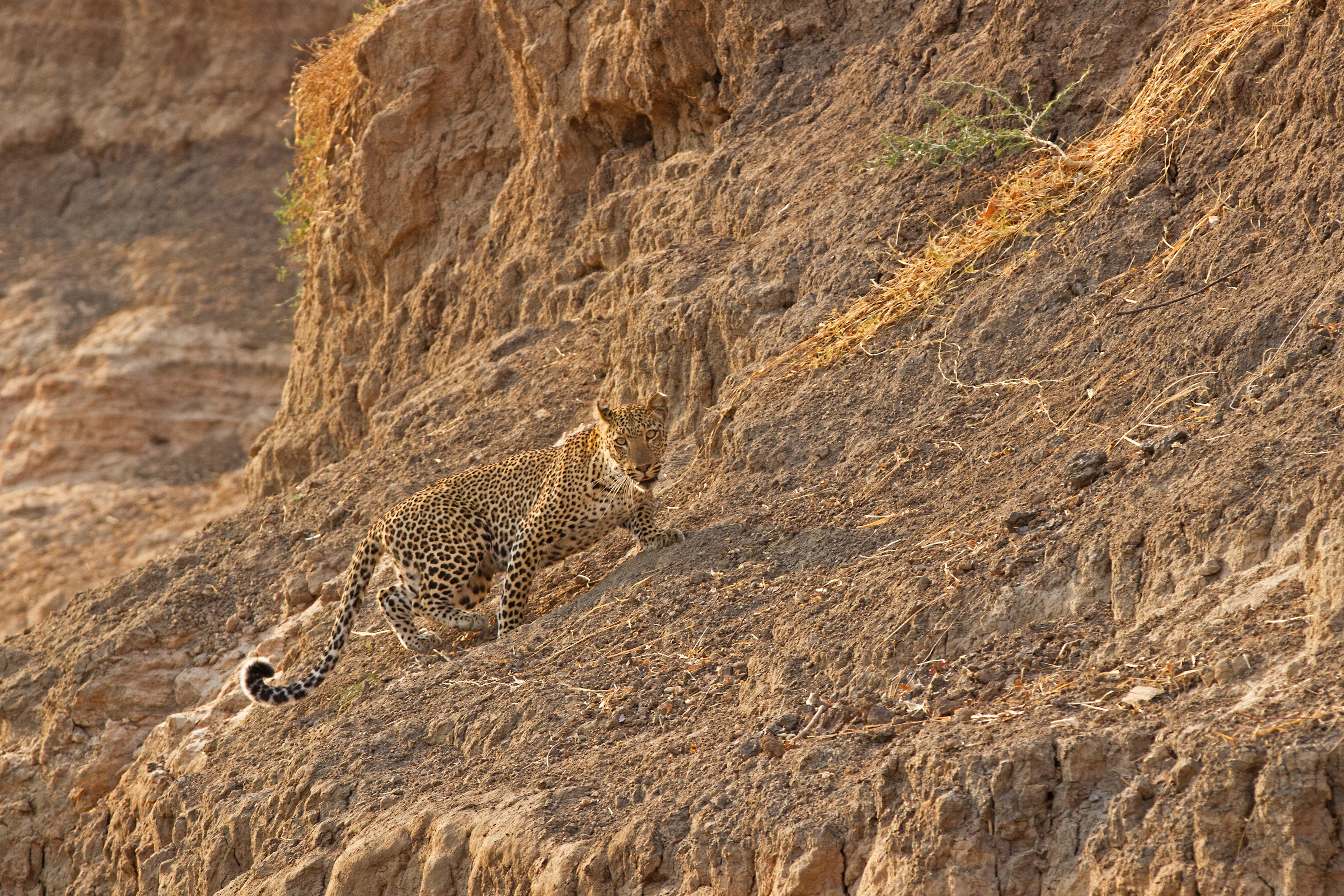
In November 2016, we embarked on a journey to Zambia, specifically to the South Luangwa National Park. Covering over 9,000 square kilometers, it is the second-largest park in Zambia after Kafue. Our journey began with a night flight from Schiphol Airport via Kenya Airways to Nairobi, and after just an hour, we continued to Lusaka. It was a tight schedule, but it allowed us to save an extra night in a hotel. From Lusaka, we took a domestic flight with Proflight to the Mfuwe airport.
Around 1 PM, we arrived at our first destination, the Track & Trail camp. After a warm welcome and a delicious lunch, we immediately set out for our first game drive. South Luangwa is a National Park, not a Game Reserve, which means that officially, you’re not allowed to drive off-road. This can sometimes be a disadvantage for certain sightings. Within South Luangwa, there are two regions frequently used for safari purposes: Mfuwe and Nsefu, both situated along the Luangwa River. Further into the park, some areas are visited for special walking safaris that often last several days. South Luangwa is known for its night safaris, where the chances of spotting a leopard, civet cat, genet cat, and porcupine are quite high.
This was my 15th safari, but never before had we encountered poaching that was so visibly affecting tourists. Elephants with holes in their trunks from getting caught in iron snares and even a hyena with its head severely wounded from these snares were heartbreaking sights. Let’s hope the situation doesn’t worsen, as it would pose a significant problem. Furthermore, we learned that the members of the official anti-poaching organization, under the Zambian Wildlife Authority’s leadership, had not been paid for months. It’s certainly concerning.
November is the last dry month, and it’s expected to be a great time to observe wildlife around the river since water reserves elsewhere in the area are scarce. Large groups of buffalos and giraffes made their daily journey to the river to drink. However, we saw fewer spectacular sightings than expected. Of course, after all these years, we’ve become quite demanding and spoiled, but when comparing November in South Luangwa to Selous and Ruaha in southern Tanzania, we saw more in the latter two parks. This could partly be due to luck, but there are certainly other factors at play, which I will mention in this trip report. It’s also worth noting that we faced daily temperatures around 40 degrees Celsius, which we had underestimated, and there were an overwhelming number of insects, with tsetse flies playing a troublesome role.
Accommodations:
For the first three nights of our trip, we stayed in the Mfuwe region at Track and Trail camp. This camp is well managed by two Dutch people, Peter and Kirsten, who arrived here 12 years ago. Vic was our guide. The lodge was more than satisfactory, including a gym and a swimming pool. They even have specially equipped jeeps for photographic safaris. Peter can provide guests with many photography tips during the drives. The kitchen was top-notch, and they even accommodated my girlfriend, who has several food intolerances. Besides the chalets, there is also a campsite where campers can use the gym and pool. The Mfuwe region and the adjacent buffer zone, known as the game management area (GMA), have more than 20 lodges. When you add self-driving tourists, especially on weekends, you realize that you’re not alone in the area. This creates a strange atmosphere in the region. At one point, there were eight jeeps around three sleeping lions. This crowding led to almost all major predators switching to night hunting, including wild dogs. On the first evening, we followed a leopard in daylight, which later went on to eat an impala in a tree in the dark. This mother leopard frequently called her 12-month-old cub to join her for the meal, but the young one found it too crowded around that particular tree.
If you want to see carmine bee-eaters in action, building their nests and raising their young, Mfuwe is the place to be. We visited two large colonies with hundreds of birds coming and going with bees for their young. It was a spectacular sight, with the added excitement of black kites migrating to the area during the winter, preying on the young bee-eaters. The bee-eaters reside in Mfuwe between September and late November before flying back to Zimbabwe and South Africa. Interestingly, they avoid dry riverbeds for digging tunnels. Mfuwe is much more densely vegetated than, for example, Nsefu, which we visited next. In Nsefu, we stayed at Zikomo Safari Camp, owned and managed by Americans Damian and his mother, Victoria. At Zikomo, James was our guide. One significant advantage of Zikomo is that it’s one of the only camps in this region. It’s also located in the GMA but much deeper, close to the transition into the National Park itself. Here, we had fewer “once in a lifetime” moments, but the wildlife density was higher. We spotted larger herds of elephants, plenty of elands, zebras, pukus, and more. Again, there was a lot of nocturnal hunting. Our guide hadn’t seen a single daytime live kill all year due to this night hunting behavior. As for hunting, Zikomo is located near a hunting concession, which made some animals in the area more skittish. In addition to drives around the Luangwa River, we often drove to the Kapishya hot springs, where permanent water attracted a fair amount of wildlife. We encountered a large group of hyenas there, and on the way to this area, we even saw a pack of nine wild dogs. We spent the following three days searching for them but without success. In the Nsefu area, we found many lions from different prides. They weren’t always very active, but they were there. Following them in the dark as they went hunting was always an incredible experience. Also, around Zikomo, poaching was rampant. They even established their own patrol unit, authorized to arrest poachers. While we were staying in the camp, they apprehended young individuals aged just 16 and 18 with various snares and evidence of killing an elephant. More information can be found at www.nsefuwildlifeconservation.org. This region offers fewer photographic opportunities like the bee-eaters, but it’s much more open than the Mfuwe region. Here and there, it even reminded me a bit of the Serengeti. On our final night, we were the only guests in the camp, and they set up a dinner table for us in the riverbed. It was a unique dinner experience with the sounds of the bush nearby. This trip went very smoothly thanks to the people at Matoke Tours, who specialize in the combination of Malawi and South Luangwa for this region.
Stijn Cavens


